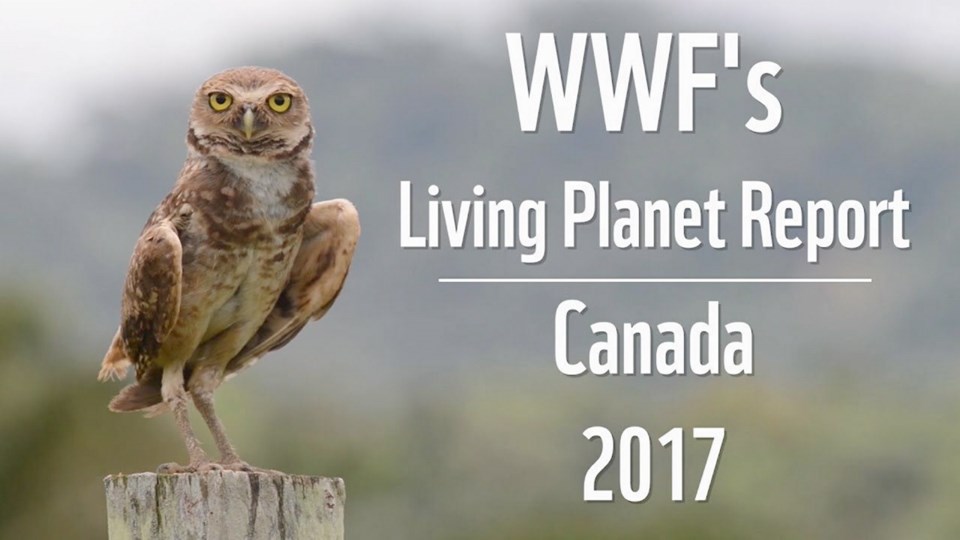Humans are primates, part of the great class of animals known as mammals. Mammals, in turn, are part of the vertebrate subphylum, along with birds, fish, reptiles and amphibians — animals with spines.
As a species, we are nearing the end of a population explosion that has seen us grow from about 1.8 billion a century ago to 3.5 billion 50 years ago and 7.6 billion today; we are expected to peak at 9 billion to 10 billion in a few decades.
Our domesticated species have undergone a similar growth. In a 2010 article, Philip Thornton of the International Livestock Research Institute wrote that between 1960 and 2008, chicken numbers had increased about five-fold, goats nearly tripled, pigs more than doubled, and cattle and buffalo numbers were up by about half. The Economist estimated in 2011 that the world has almost 19 billion chickens, 1.4 billion cattle and about one billion each of sheep and pigs.
But our expansion has come at a terrible price, as is made clear in the latest edition of the Living Planet Report from the WorldWide Fund for Nature; we are wiping out other vertebrates. Every two years, the WWF compiles the Living Planet Index, a count of global wild vertebrate populations. This year, the data come from the monitoring over time of 16,704 populations of 4,005 different species of mammals, birds, fish, reptiles and amphibians. Note that these are not species extinctions (although that is happening, too), but represent “the average change in population abundance.”
Between 1970 and 2014, there was “an overall decline of 60 per cent in the population sizes of vertebrates … in other words, an average drop of well over half in less than 50 years.” But this decline was not equally distributed. In South and Central America and the Caribbean, the LPI has declined a staggering 89 per cent and there has been a 64 per cent decline in the Indo-Pacific region.
There have also been “catastrophic declines in freshwater biodiversity,” with the LPI falling by 83 per cent — and 94 per cent in South and Central America and the Caribbean. These ecosystems have been harmed by “habitat modification, fragmentation and destruction; invasive species; overfishing; pollution; forestry practices; disease; and climate change,” all factors that apply to our own ecosystems here in Canada.
WWF Canada produced its own Living Planet Report for Canada in 2017, and we have no room for complacency. The report was based on 3,689 populations of 903 monitored vertebrate species in Canada between 1970 and 2014. The good news is that for half the species, populations are either “stable or faring well.” But “half of our monitored species (451 of 903) are in decline. And of those, the index shows an average decline of 83 per cent.”
Overall, the report found a 43 per cent decline in mammal populations, while “grassland birds suffered 69 per cent loss, reptile and amphibian populations dropped almost 34 per cent, and fish populations declined by 20 per cent.” And we are doing a lousy job of protecting species at risk, despite the Species at Risk Act.
The study looked at 64 species listed under the act and found that between 2002, when the act was passed, and 2014 “these populations declined, on average, by 28 per cent — with an average annual decline of 2.7 per cent.” This was higher than the rate of decline in those populations before the act’s passage.
So why does this matter? At a philosophical level, by what right are we destroying ecosystems and other species that have as much right to exist as we do? But in addition to these important philosophical objections, there are clear pragmatic reasons why humans should care.
As the WWF report puts it: “Everything that has built modern human society is provided by nature and, increasingly, research demonstrates the natural world’s incalculable importance to our health, wealth, food and security.” Biodiversity, the report states: “Is, simply, a prerequisite for our modern, prosperous human society to exist, and to continue to thrive.”
It is a catastrophic failing that our political and economic system does not understand or act on this. Future generations will pay a heavy price for our neglect of this simple fact.
Dr. Trevor Hancock is a retired professor and senior scholar at the University of Victoria’s School of Public Health and Social Policy.



